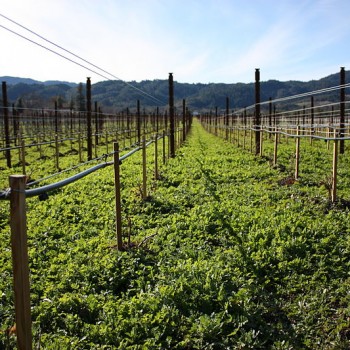Dateㄩ
2015-10-23 11:58 Sourceㄩ
thedrinksbusiness Author:
Neal Baker Translator:
Australian vineyards are using nearly a fifth more water than they were three years ago, highlighting the dry conditions still affecting the country*s winemaking industry.

A vineyard with irrigation piping (Photo: Wiki)
Figures released by the Australian Bureau of Statistics show that 440,000 megalitres of water was used to irrigate vineyards in 2015 每 an increase of 18% on 2012.
Vineyards in South Australia accounted for 46% 每 203,000 megalitres of total water use 每 followed by New South Wales with 32% (140,000 megalitres) and Victoria with 20% (86,500 megalitres).
The rapid rise in water use since 2012 每 the last vintage for which data was collected 每 has been brought on by the drought conditions that still plague the country, even after the so-called ※millennium drought§ that was at its worst between 1995 and 2009.
Red trumping white
The research also looked at the production rates in the country, with red wine production increasing by 5% on 2012 at the expense of white wine production, which declined by the same amount.
In 2015, red wine grape production increased to 844,000 tonnes and red wine grape vines accounted for 64% of all vines planted in Australia.
The most popular varieties produced were Shiraz 每 which accounts for almost half of total red wine production 每 at 395,000 tonnes, Cabernet Sauvignon at 203,000 tonnes and Merlot at 112,000 tonnes.
South Australia produced the majority (54%) of Australia*s red wine grapes in 2015 with 454,000 tonnes, followed by New South Wales (25%) and Victoria (19%).
In 2015, production of white wine grapes decreased nationally (down to 764,000 tonnes) and in all states and territories except Victoria, Tasmania and the Australian Capital Territory.
The top white wine varieties produced were Chardonnay with 341,000 tonnes, Sauvignon Blanc with 84,000 tonnes and Semillon with 65,400 tonnes, which suffered a 16% decline in production.
Approximately 75% of Australia*s white wine grapes were produced in South Australia and New South Wales, the statistics show.